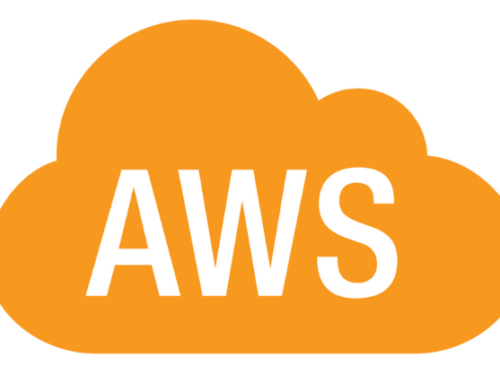It can be difficult as an IT professional to put your trust in public cloud environments after a year full of announcements of cybersecurity breaches. After all, you’re moving your most vital information into an infrastructure that you didn’t build yourself, and the nature of this environment means you must trust the cloud provider to do the right thing for data protection at the foundational level. After all, if the foundational infrastructure of the cloud environment itself isn’t secure, the rest of the system is vulnerable to attack.
But don’t discount public cloud just because you don’t have the deep visibility or level of control to which you’re accustomed. In fact, the public cloud might be more secure than the private cloud environments you’re currently trusting.
Public Cloud’s Robust Infrastructure
Many companies believe that private cloud is “more secure” than public because it naturally grants them more access and control over their on-premise environment. If private cloud keeps data and other digital assets closer to home, then it has to be safer, right?
What they fail to realize, however, is that their cloud defenses are not as resilient as they think. Due to its more robust infrastructure, public cloud provides more comprehensive security than many companies’ private cloud environments are capable of.
Permissions and Access
With private cloud environments, many companies’ hardware technicians maintain a higher level of access than necessary. Because these on-site admins manage both hardware and software, they also manage their own permission elevation. Consequently, they can grant themselves the highest level of access at all times. Sure, it’s easier to have instant open access than it is to go in and meticulously scale up and back down for each new project, but this leaves obvious vulnerabilities.
Public cloud providers understand the importance of fully separating hardware and software operations when it comes to high-level permissions and access. Their strictly-imposed management structure prevents public cloud personnel from having any access whatsoever to the client’s data. As a result, the client alone dictates, in real-time, the elevation and scaling down of permissions according to the duration and importance of the current project.
Data is Inaccessible at Rest
Public cloud supports comprehensive data encryption that ultimately makes digital assets “inaccessible at rest” to unauthorized personnel. With this encryption enabled, public cloud vendors ensure that the user’s virtual machines (known as “instances” in the cloud) are individually keyed on the back end. Each instance requires its own unique key pair to be decrypted—and the user alone has the decryption key.
So, even when public cloud technicians work on the underlying storage systems or on the hardware itself, they are prevented from manipulating, leveraging, or making use of clients’ critical data. They do not have root access to the virtual machines running within.
Loosely-Coupled Environments
Public cloud thwarts malicious cyberattacks even further by making hacking a major inconvenience.
If someone manages to infiltrate the system from the outside, there’s still no way to browse around the infrastructure and peruse open data.
This is because public cloud—in addition to individualized encryption—encourages the development of loosely-coupled applications and instances. The same characteristic of cloud that allows users to kill and spin back up hung instances without bringing the entire system down also fights to keep malicious attacks from compromising the entire system all at once. If a cybercriminal breaks in—and then somehow manages to crack a key pair for that one instance—they will only have access to a very small portion of the larger application. In the end, the environment as a whole is less likely to be compromised because public cloud’s loosely-coupled architecture makes “reassembling” the fragmented pieces more difficult.
Built with Security in Mind
Finally, the physical facilities that house these massive cloud environments are designed and built with security in mind. They’re built-in remote locations with no identifying exterior marks to make them less susceptible to physical attacks. And, just in case, they house 24/7 security teams who monitor the location at all times.
Private Cloud’s Not Dead… Yet.
Obviously, private cloud is not obsolete. But public cloud has intrinsic security advantages built directly into its infrastructure—an infrastructure that, for many, is a more comprehensive solution for securing their assets than on-premise systems.
It’s time to make more informed decisions about the cloud.












